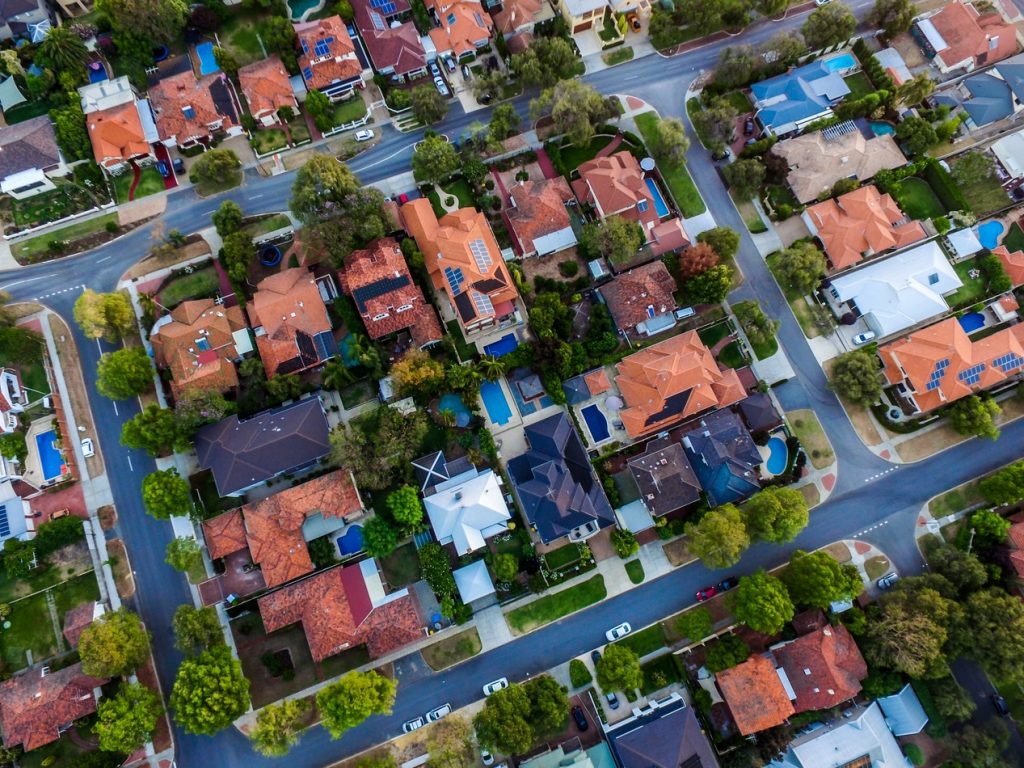In May 2018, contentgroup presented at the Local Government Communication Professionals Summit in Melbourne alongside Neryl East Communications. Held annually, the event assists local governments and councils to approach their communication efficiently and effectively at a time when technology is changing rapidly.
To prepare for the event, we conducted qualitative research on the state of digital communication in local governments. Our findings show that though they might be small, there’s a lot that we as communicators can learn from them.
Here are our main observations from looking at more than 25 local governments and councils around Australia.
-
Social media is key
In recent years, the way we use social media has completely changed and provides communicators with a valuable opportunity to connect with their audience. While once used to just connect friends and provide an outlet to communicate, it’s now a tool to plan events, entertain, shop and much more.
Most importantly, it’s become a way for individuals to directly communicate with brands, and in our case, government departments. It’s a way to increase accessibility for citizens and residents.
With the variety of social channels available, information can be divided across each channel. A great example is using Facebook to share local events and then using Twitter as a tool to inform residents on roadwork and infrastructure projects (e.g. “Main St will be closed 6 am – 6:30 pm”).
-
Accountability and transparency
With increased access to information through the internet and using social media to connect with residents, it’s also a tool to increase transparency and accountability.
For local governments, social media is being used as a tool to increase transparency through posting council meetings and proceedings directly to their audience.
While it may not be of interest to every resident, sharing this information through their social channels allows those who are engaged to comment and discuss their thoughts and opinions.
-
Two-way communication
Though social media usage has shifted over time, it remains the leading tool for two-way communication. And as mentioned, it’s expanded from person to person and is now a device to communicate directly with brands and government departments.
In the Sensis Social Media Report 2017 (SSMR 2017), it’s noted that 9% of Australians use social media for direct customer service with brands. This is a shift happening where in-person or over the phone services will slowly be phased out and instant messaging will take over.
Many councils and local governments are already in the process of implementing such tools, many even introducing chatbots to their Facebook accounts.
-
Community pride
Lastly, local governments are great at creating community engagement and pride.
The most important part of their social media presence is to represent their community. By posting images taken by residents showcasing the region, news and events of what’s happening around town or simply communicating information valuable to them, their engagement soars.
While pages on a national level may struggle to reach their key audience, local governments have the advantage of only needing a narrow approach. Since their audience is their community, approaching content is far simpler and a great way to get residents involved.
Bringing it all together
Though small, local governments are a great example of using digital communication to connect with their audience and residents. For these small communities, using social media provides the tools to increase transparency, two-way communication and build community pride.
